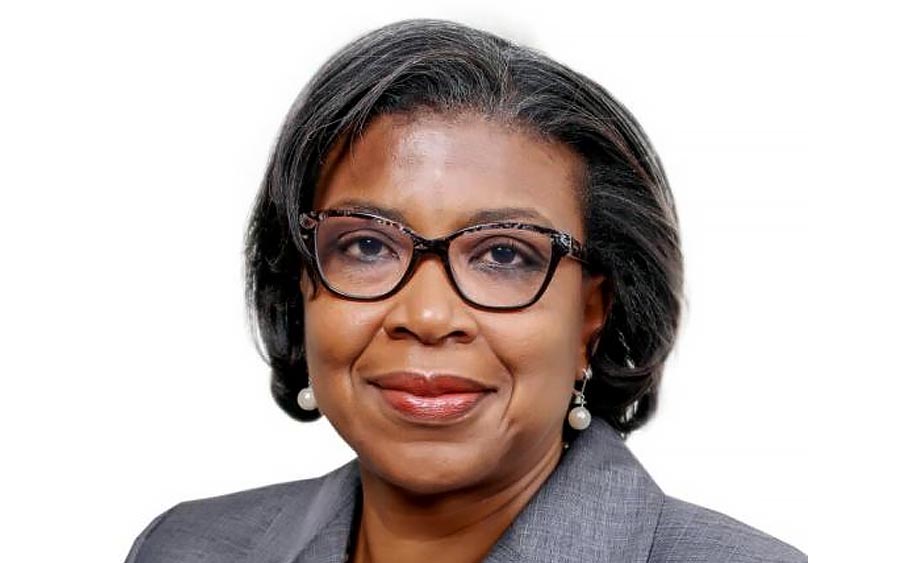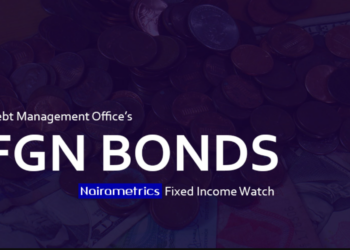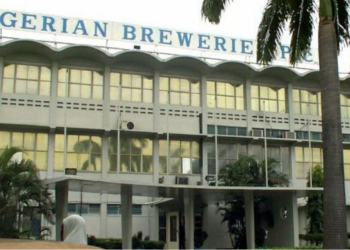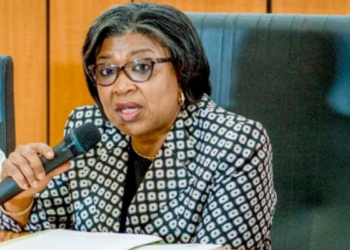The Director-General and Chief Executive Officer of the Debt Management Office (DMO), Patience Oniha, has cautioned Nigerians against blaming President Muhammadu Buhari for the increase in Nigeria’s debt.
According to Oniha, the increase in Nigeria’s debt stock between 2015 and 2018 was due to the borrowings of the tiers of government, and not the Federal Government alone. She said the FG, the states and Federal Capital Territory were responsible for Nigeria’s debt level.

“Yes, our total debt stock has grown between 2015 and 2018 but we want to explain that total public debt comprises the borrowings of the Federal Government and the states and the FCT. The narrative is that it was Buhari’s administration, but it is really the three tiers of government.
“We want Nigerians to keep it in mind that we are talking about the collective borrowings of the Federal Government, the states and the FCT. But the borrowing did not just happen; you know what happened to oil revenue; no need to go into that.”
Essence of debt: Oniha justified the rising debt with the need to improve infrastructure and create jobs in Nigeria where unemployment has been projected to rise to 33.5% next year from the current rate pegged at 23.1%, according to the Nigeria Employers’ Consultative Association (NECA).
[READ MORE: Nigeria spends $1.31 billion to service external debt in 2019)
“But we borrow to bridge the revenue gap, to finance infrastructure so that jobs can be created and to stimulate growth. Again, it was not ad hoc; it was deliberate. Also, when the naira was devalued from N199 to N305, if you convert the external debt we had at that time, without new borrowing, it increased by over a trillion naira. Budget deficits have been dropping since 2017, so also new borrowings,” Oniha said during an interview with Punch.
Is Nigeria’s debt sustainable? Oniha said government needed an improved revenue to sustain its debt, so Nigerians should support FG’s policies which are expected to generate revenue such as increase in electricity tariff. The government has been digging up new measures to improve its revenue, one of which is the tax reform.
“Debt sustainability is measured by debt to GDP ratio and in September, we had 18.47 per cent. The simplistic assumption to make is we have room for more borrowings, but that is not our position. If you look at the United States and other countries, they have much higher debt to GDP ratio. But when you compare their debt service to revenue, they are very low. They are able to service debt more effectively because they are generating revenue. Our focus should be on revenue and we are already doing something about it.”
What informs government’s borrowing? According to the DG of DMO, the government is compelled to borrow due to specific projects which are funded by the budget.
“Most governments borrow; it is not just Nigeria, whether they are capitalists or migrating from socialism to capitalism. We borrow to finance specific projects and that is where the Medium Term External Borrowing Plan is situated.”
Oniha added that, “They (loans) are to be used to finance specific projects. Borrowing is derived from the Appropriation Act. Borrowing is a source of funding the budget deficit. About 90 per cent of the annual budget deficit is financed through borrowing. We know the process of approving the budget, the various stages it goes through by the time it is approved by the National Assembly and signed into law.”



















